Minimizing the consequences of nuclear accidents through effective communication
By Jake Hecla, Gabriela Levikow, Ksenia Pirnavskaia | August 31, 2020
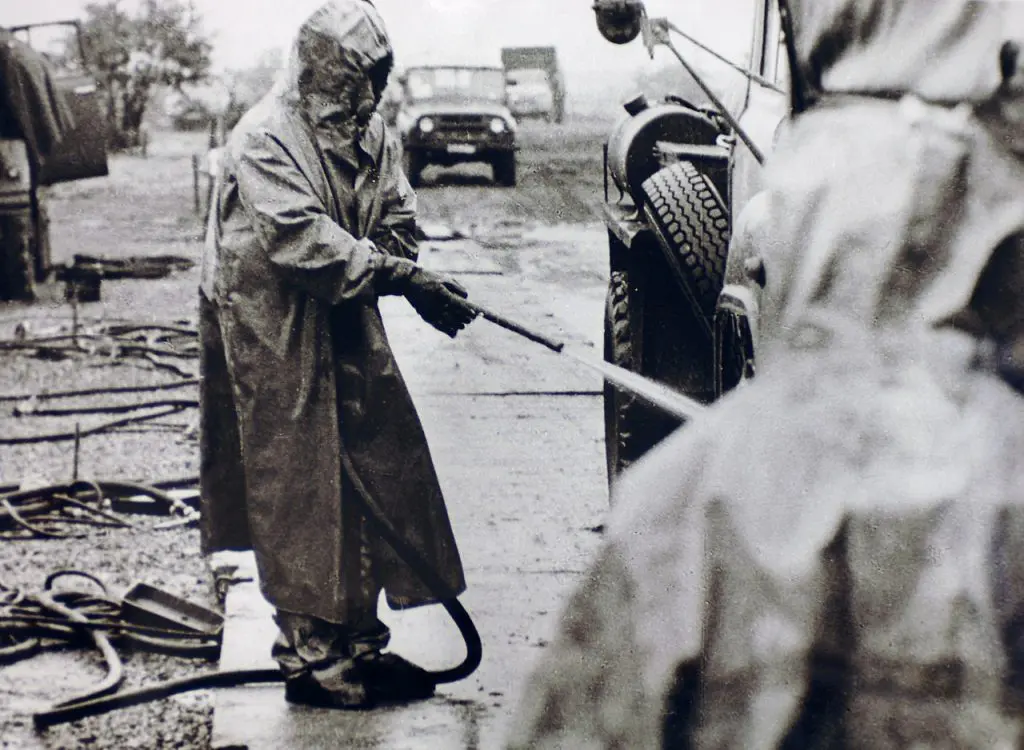 A Soviet military reservist helps with the decontamination effort after the Chernobyl accident. While Soviet leaders expressed calm and downplayed the radiation risks, personnel who arrived wearing protective equipment sent a different signal. Credit: IAEA image bank.
A Soviet military reservist helps with the decontamination effort after the Chernobyl accident. While Soviet leaders expressed calm and downplayed the radiation risks, personnel who arrived wearing protective equipment sent a different signal. Credit: IAEA image bank.
The nuclear accidents at Chernobyl and Fukushima happened during different eras, in different countries, and under different circumstances. But one major feature that they shared was a failure of communication in the immediate wake of the disasters. In both cases, officials failed to allay public fears and provide accurate information on the unfolding events.
What lessons do these cases hold? One takeaway is that communicating to the public as well as responders in the wake of a crisis is most effective if it is done through inherently-trusted sources such as public intellectuals and citizen-science networks, and if it uses a risk-language familiar to the public. But perhaps a more important lesson is the imperative to devise a communication strategy before the next accident occurs.
Chernobyl. The canonical example of failed communication in the wake of a nuclear incident is Chernobyl. Information provision was selective and restrictive, particularly in the immediate aftermath of the accident. The extreme lack of transparency endangered the lives of countless people and forever damaged the credibility of those who managed the mitigation of the consequences of the accident. Communication was neither prompt nor truthful, and millions suffered as a result.
One of the compelling examples of a lack of transparency is the firefighters’ case. After the explosions at the fourth power unit, the firefighters who came to respond to the accident were working under conditions of deadly levels of radiation without being informed about it. Consequently, some of them died within three months of the disaster due to acute radiation syndrome, also known as radiation sickness or poisoning.
Another example of the lack of transparency is the delays in informing the public. The accident happened on April 26, 1986. The General Secretary of the Communist Party of the Soviet Union, Mikhail Gorbachev, did not acknowledge the accident until May 14, when he made a television appeal and spoke about the true scale of the incident. According to Gorbachev, the first brief official report on the state of emergency was transmitted on April 28. However, as he would tell the BBC in 2006, Soviet leaders did not want to cancel May Day festivities in Kiev and other cities, since they did not have a “full picture of what happened” and were afraid of spreading panic among the population. The inept response led to immense distrust between Soviet citizens and their government, specifically those in the evacuated zone and nearby areas.
Even weeks after the incident, the amount of information about it was minimal. Nor did the government bother to conduct training activities aimed at creating a certain behavior that would help reduce the negative impact of the accident. Such training might have included instructions for the prompt and calm response of the population during the evacuation. For instance, people from nearby areas could have undergone a training evacuation each year. Other possibilities for such training might have been to educate population on the basics of ionizing radiation or to inform them of necessary actions to prevent their families from exposure.
The authorities’ words and deeds sent diverging signals about the severity of the accident. On the one hand, the authorities expressed calm and withheld truthful information about the radiation doses, while on the other hand, they increased the number of military personnel in the area and had them use special protective equipment. In total, 45 civil defense regiments from all over the Soviet Union were sent to deal with the consequences of the accident, so-called “liquidators”—personnel who entered areas designated as “contaminated” between 1986 and 1989 to help reduce the consequences of the Chernobyl accident. Overall there were some 600,000 liquidators, 360,000 of whom were residents of Russia.
The government erroneously neglected its obligation to inform the public about the situation, which itself allowed unscientific speculation and incitement of fear to fester over the longer term. For example, the Soviet media repeatedly reported mutations caused by exposure to radiation from Chernobyl. After the accident, many people refused any food that came from the affected area because they did not know whether it was safe to eat. Others believed in the healing power of red wine to eliminate radiation effects. There were numerous cases reported of children being hospitalized because their parents gave them red wine in large volumes.
The behavior of the Soviet leadership confirmed the thesis that informing the population in emergency situations plays a crucial role and is a necessary link in the list of security measures. The Soviet approach left a legacy of mistrust surrounding official statements on radiation, and this has hindered efforts to provide reliable information to the public in the following decades.
Fukushima. The situation in Japan was different, but the lack of transparency and communication from the government to the media and the public was similarly destructive. The Japanese government failed provide information about the details of the accident at Fukushima Daiichi to media outlets until about ten days after the accident. After a week and a half, the government shared numbers but did not explain their significance. Geoff Brumfiel, who reported on the crisis for Nature, has said that the primary issue after the accident was not a lack of information, but a lack of communication; because few journalists understood radiation physics, it was difficult for the media to understand the risk and communicate that to the public.
Roy Shore, the co-chair of a scientific panel that compiled a World Health Organization health risk assessment of the Fukushima disaster, admitted that scientists are usually not good at communicating with the public. Scientists confused the media during the Fukushima accident by releasing radiation dose levels in different units of measurement.
These communication failures have led Japanese citizens to remain distrustful of government assessments of radiation levels. Although the Japanese government has installed radiation monitoring posts in Fukushima that indicate that radiation exposure may no longer be an issue, these posts overlook hotspots of radiation in more rural areas, where the radiation levels are higher. These discrepancies have eroded citizens’ trust in the Japanese government, and have inspired citizen scientists to monitor radiation levels on their own.
Trusted outlets. How can governments and societies prepare a better communication strategy for the next nuclear accident?
A key factor in effectively communicating accurate information in a crisis is ensuring that information can be disseminated rapidly and through outlets perceived to be credible by the general public. Studies of disaster communication show that a key determinant of trust is the observer judging that the communicator has a personal stake in the outcome, with groups that are physically involved in the response to the accident generally being inherently highly trusted. First-responders should be provided disaster-communication basics as part of routine training and should receive as much airtime as possible. In countries with robust civil societies, government and industry groups should attempt to involve public-facing intellectuals and formalize procedures for providing them with accurate, up-to-date information in case of an accident. News media should seek to ensure that the information they provide is reliable and accurate.
The public at large maintains attachments and trust in a variety of public intellectuals (for example, in the United States, Bill Nye, Neil DeGrasse Tyson, and Brian Greene). During times of normal operation, nuclear experts should seek to establish relationships with these figures and keep lines of communication open. This will allow the free flow of information during disasters such that their inevitable media appearances are well-informed and represent the best information available. Because popular science communicators excel at rendering complicated concepts understandable, their efforts can help improve trust in institutions and help the public know how to stay safe.
Leveraging Citizen Science. Radiation monitoring efforts should also involve members of the public as a means of bolstering the perceived credibility of radiation measurements. As far back as the 1990s, communications experts recognized the importance of citizens’ involvement in communicating about environmental risks, writing that “as public trust in institutions has declined, public trust in citizen groups has increased.” In particular, citizen-science networks could help convey radiation information to the public following a nuclear accident.
In the wake of the accident at Fukushima, local residents did just that. When confidence in official reports on radioactive contamination evaporated because of conflicting information provided by the Tokyo Electric Power Company and local authorities, citizens purchased dosimeters en masse, and residents established their own radiation monitoring networks, in which largely hand-held detectors were used to localize hotspots.
The potential utility of these networks was rapidly recognized by academics, who built more formal networks like Safecast, which fused university-developed hardware and expert feedback with citizen-science efforts. Safecast’s efforts to create “participatory, open-source, citizen-science-centered radiation mapping solutions” resulted in high-fidelity radiation information available throughout Japan. As of 2016, over 50 million measurements have been logged on the platform. Despite a lack of training, citizen-science efforts were found to be relatively accurate and were frequently cited by media, environmental groups, and other activist organizations that were otherwise were unwilling to engage with radiation safety experts from the government or the power company.
Networks to monitor radiation, air pollution, and more—notable examples include DoseNet and uRadMonitor—have sprung up worldwide since 2011. Their accessibility, lack of government affiliation, and extreme transparency serve as a bulwark against claims of bias and improve both the public’s understanding of the phenomenon and their sense of personal control.
The general public is especially fearful of nuclear accidents because the risk is unfamiliar and difficult to understand. In areas with nuclear reactors or processing facilities, citizen-science tools can be used to build a foundation of understanding among the public during times of normal operation to avoid panic in case of an accident. Tools like the aforementioned Safecast, DoseNet, and uRadmonitor can help citizens monitor radiation levels in their area by providing tools and documentation necessary to take and interpret data. Such efforts might also help counter the stereotypes of opacity and secrecy associated with the nuclear industry.
Cooperation between the nuclear industry and citizen-science groups would help familiarize a wide network of citizens with what safe levels of radiation are before an accident, and could train hundreds of individuals who can provide accurate information to their immediate social networks in case of an accident. A large, well-informed group of citizens will be much more likely to amplify valid information on various forms of media while not amplifying misinformation should an accident occur. These efforts at engagement fundamentally address the correlate of trust in institutions, since the public will have a source of information that bolsters expert measurements but is devoid of any perceived source of undue influence.
Long-term monitoring. In the wake of an accident, the government should make efforts to maintain an atmosphere of transparency and keep providing information about the accident’s consequences. Toward this end, officials should provide data and site access to competent citizen groups to verify information about the ongoing cleanup efforts. Offsite, officials should provide regularly-updated radiation mapping of impacted areas using ground and aerial radiation sensing platforms. These systems provide 3D maps of areas with radiation information overlaid, and can be prepared such that they are interpretable by non-experts. These maps can allow residents to understand the radiation environment around them, and deal with lingering anxieties about contamination. While these detailed mapping efforts may appear excessive from a radiation-safety standpoint, they provide impacted areas a frequently-updated source of reassurance.
Likewise, governments should implement a mechanism for requesting prompt radiation surveys with handheld equipment, again with the goal of bolstering feelings of personal control and limiting the anxiety associated with uncertainty about contamination. This may have the added benefit of identifying radioisotope transport routes in the environment, and providing detailed data on the effectiveness of decontamination work. Officials should proactively address concerns about internal contamination, even though it is unlikely to be a major exposure pathway in most accidents. Programs such as Japan’s whole-body-counter project, which is an instrument that measures the amounts of gamma-emitting radionuclides in the body for internal contamination measurements, should be expanded, though the financial outlay associated with doing so for a large population in a short time may be challenging.
Over the longer term (from years to decades), governments could provide citizens with a thermoluminescent or film-wearable dosimeter device. Such equipment would allow residents to have verification that they remain safe and would limit lingering anxiety and a sense of blightedness for those living in the affected area. These detectors are extremely inexpensive and provide tangible information on dose and risk.
Beyond the physical harms. Aside from the direct toll of these accidents, the idea of contamination—real or imagined—continues to cause untold psychological damage to those who have been affected by a radiation release. Taken as a whole, a strategy based on building public trust and conveying risks in understandable terms would help put the threat of radiation in perspective. This messaging strategy is intended to encourage behaviors that minimize both the physical and psychological harms from radiation.
After all, it is vital to minimize health impacts due to radiation as well as to prevent and treat the ongoing psychological trauma of dislocation and lingering fears of radiation. Overall, better communication will help moderate the public’s fear of radiation, inspire engagement with the cleanup effort, and limit the toll associated with nuclear accidents should the unthinkable occur once more.
Together, we make the world safer.
The Bulletin elevates expert voices above the noise. But as an independent nonprofit organization, our operations depend on the support of readers like you. Help us continue to deliver quality journalism that holds leaders accountable. Your support of our work at any level is important. In return, we promise our coverage will be understandable, influential, vigilant, solution-oriented, and fair-minded. Together we can make a difference.
Keywords: Chernobyl, Fukushima, Three Mile Island, nuclear accidents, nuclear energy
Topics: Nuclear Energy, Voices of Tomorrow
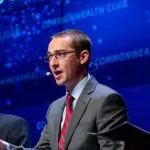


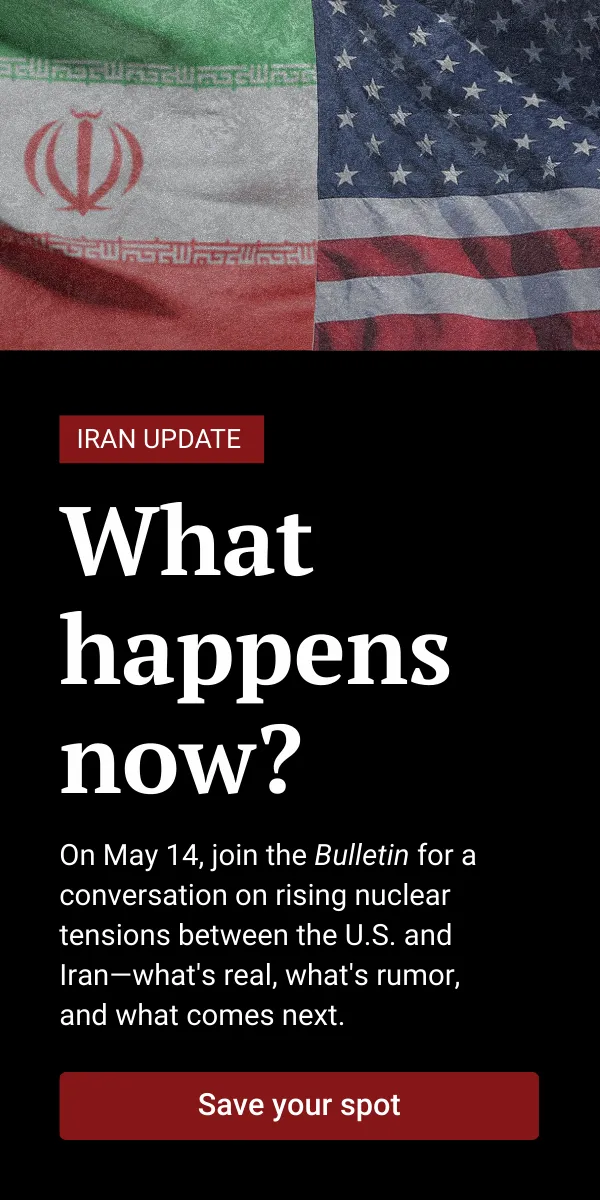
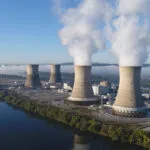

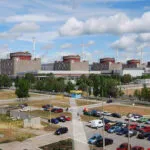
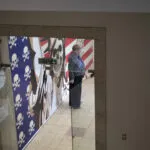
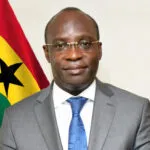
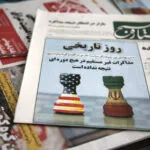
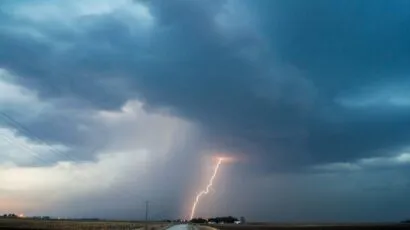
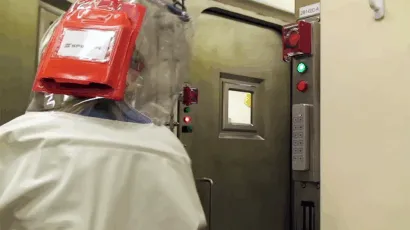
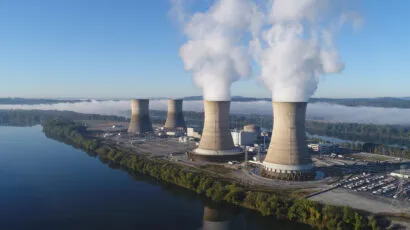


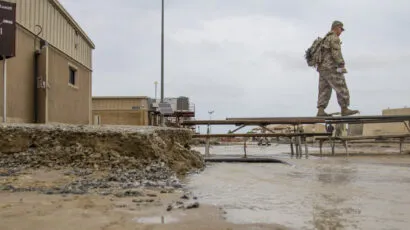
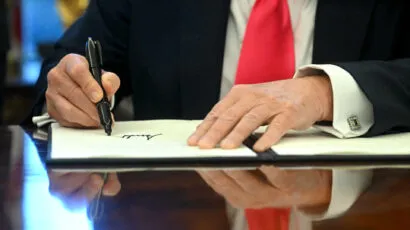

I really enjoyed your article, but was a bit disappointed that you didn’t mention the Community Environmental Monitoring Program (CEMP), which has now been in operation for 40 years in communities surrounding the Nevada National Security Site (http://CEMP.dri.edu). It is exactly the type of citizen-scientist program that you advocate for in your article, with a mission of providing a hands-on role for community members in the collection, dissemination, and communication of radiological data associated with past nuclear weapons testing in Nevada. I’d love to speak with any of you at greater length if you are interested. Best regards, Ted Hartwell… Read more »